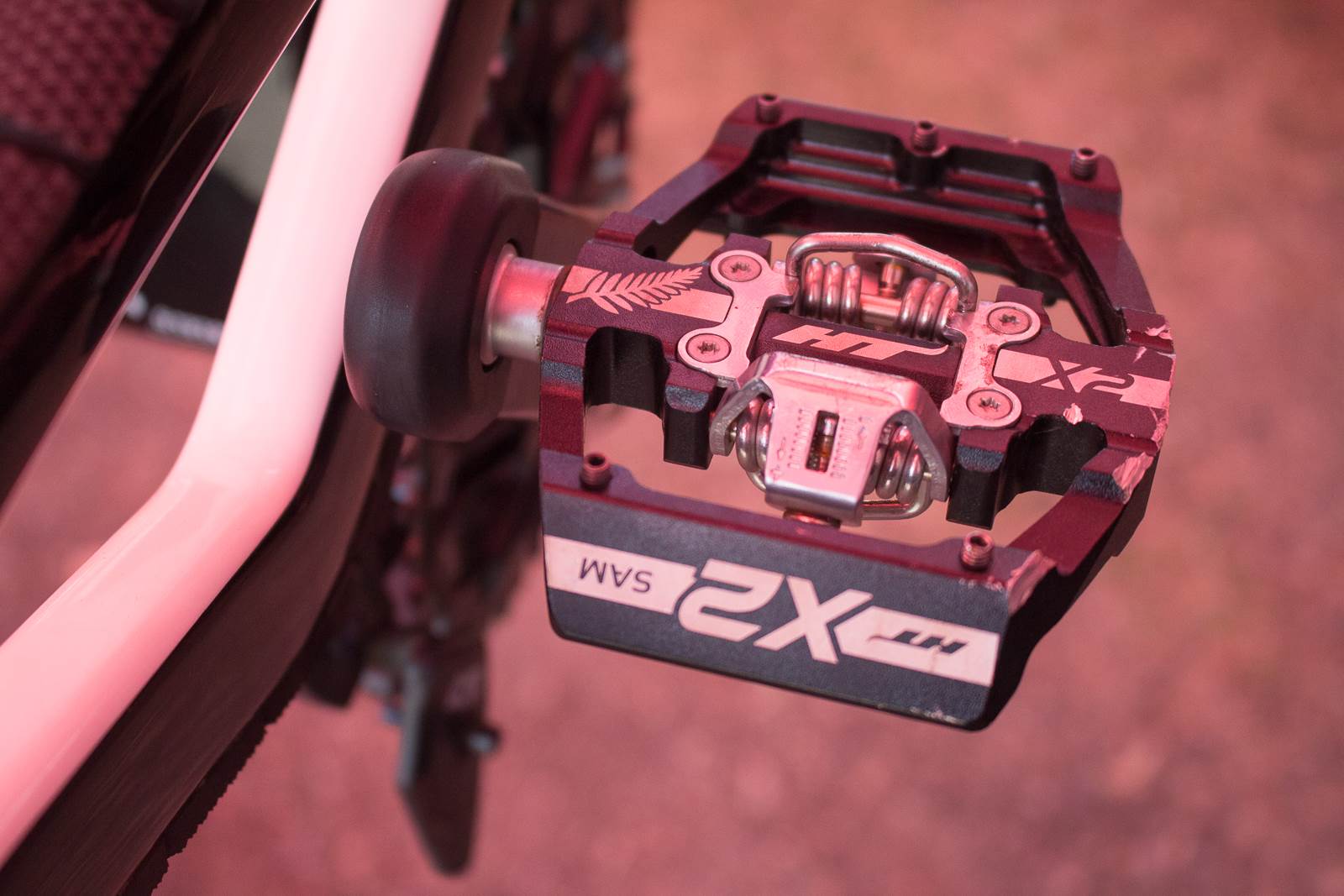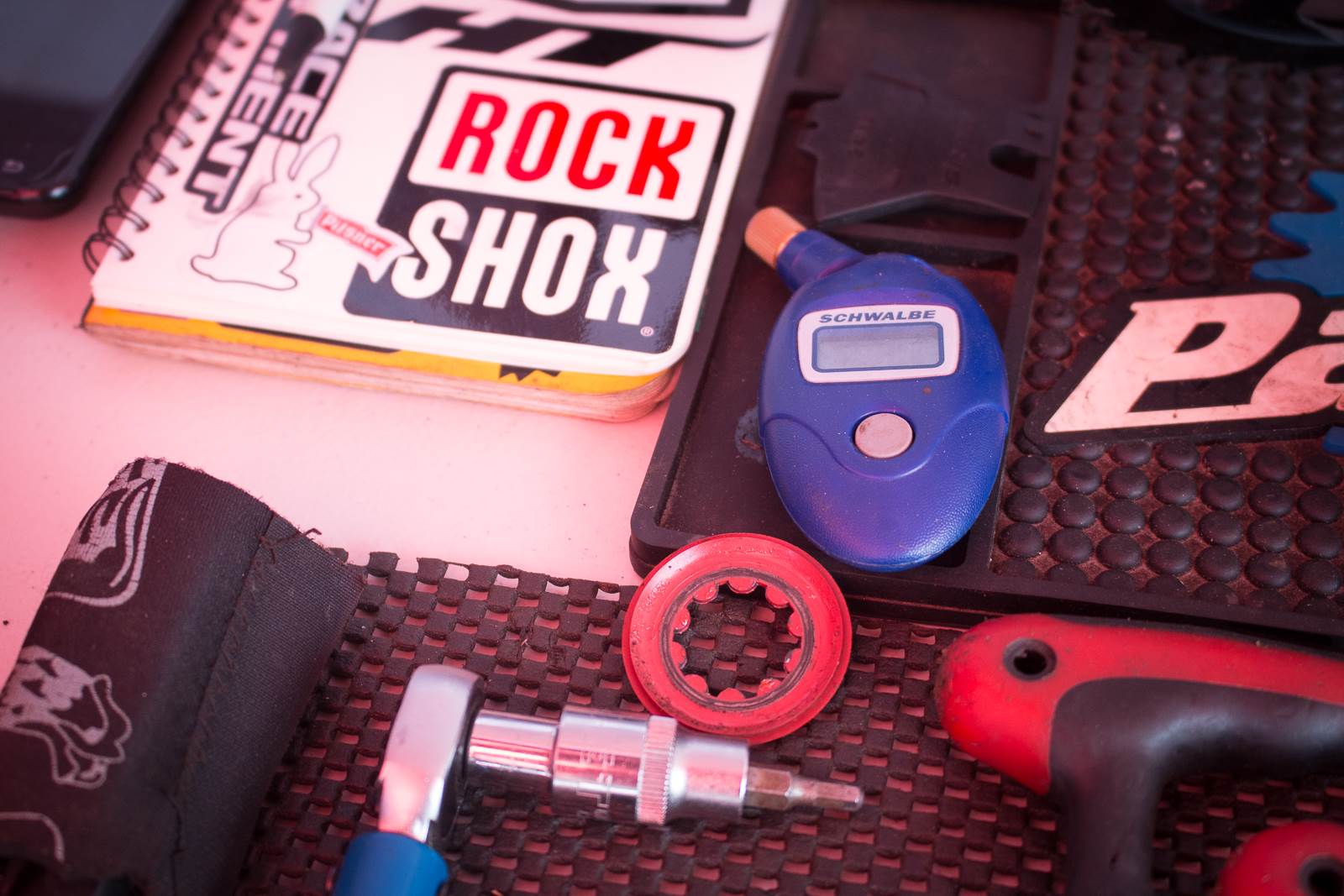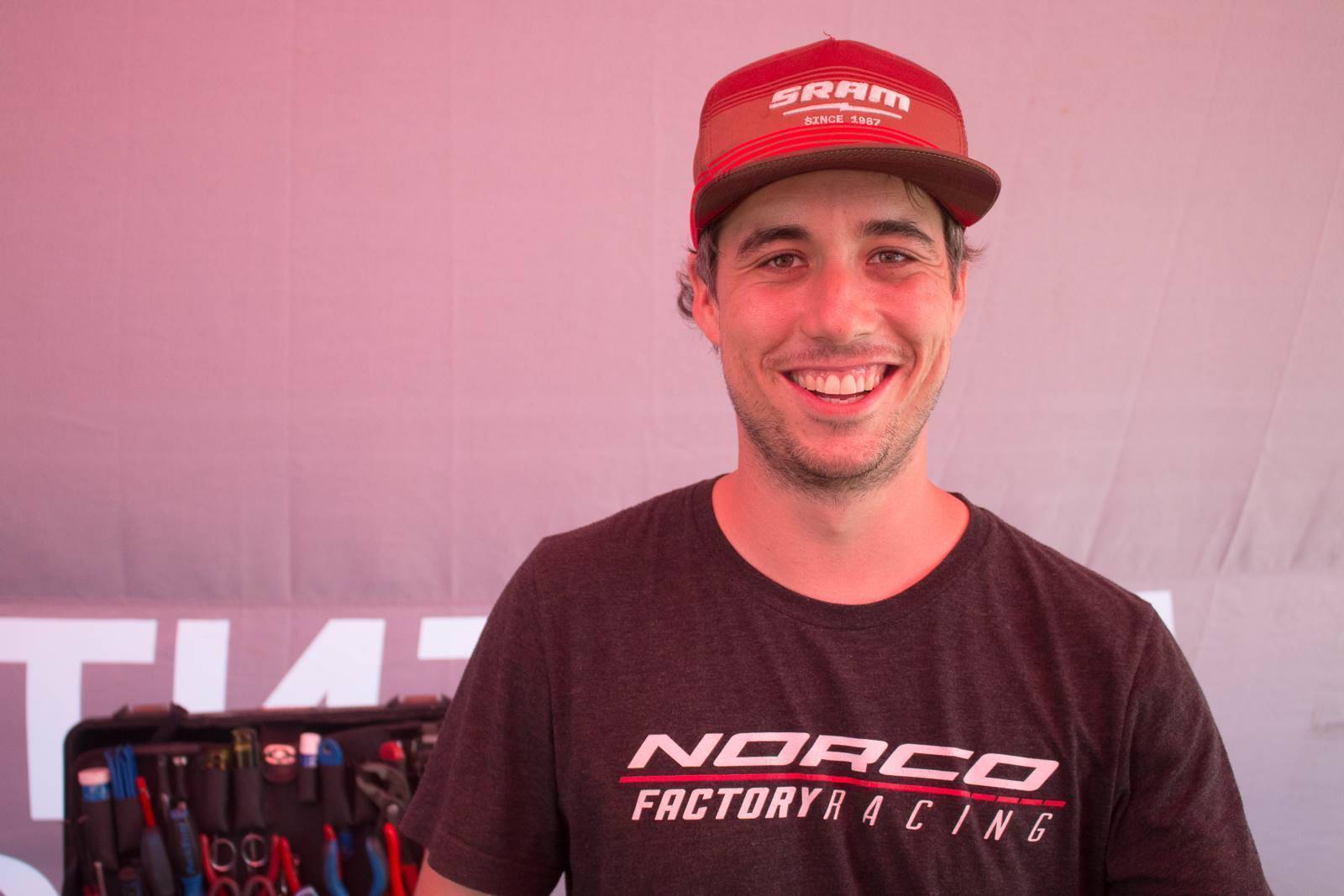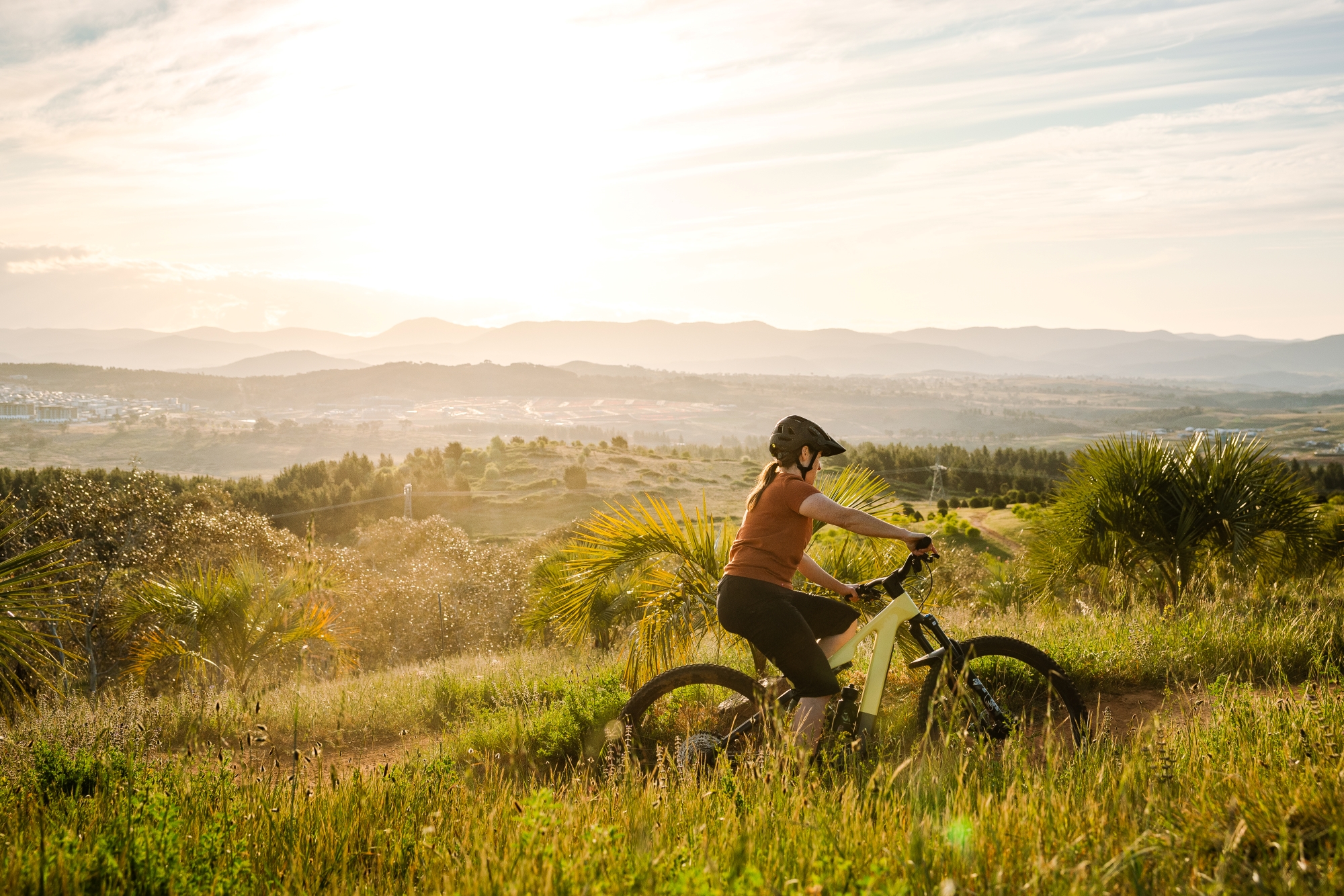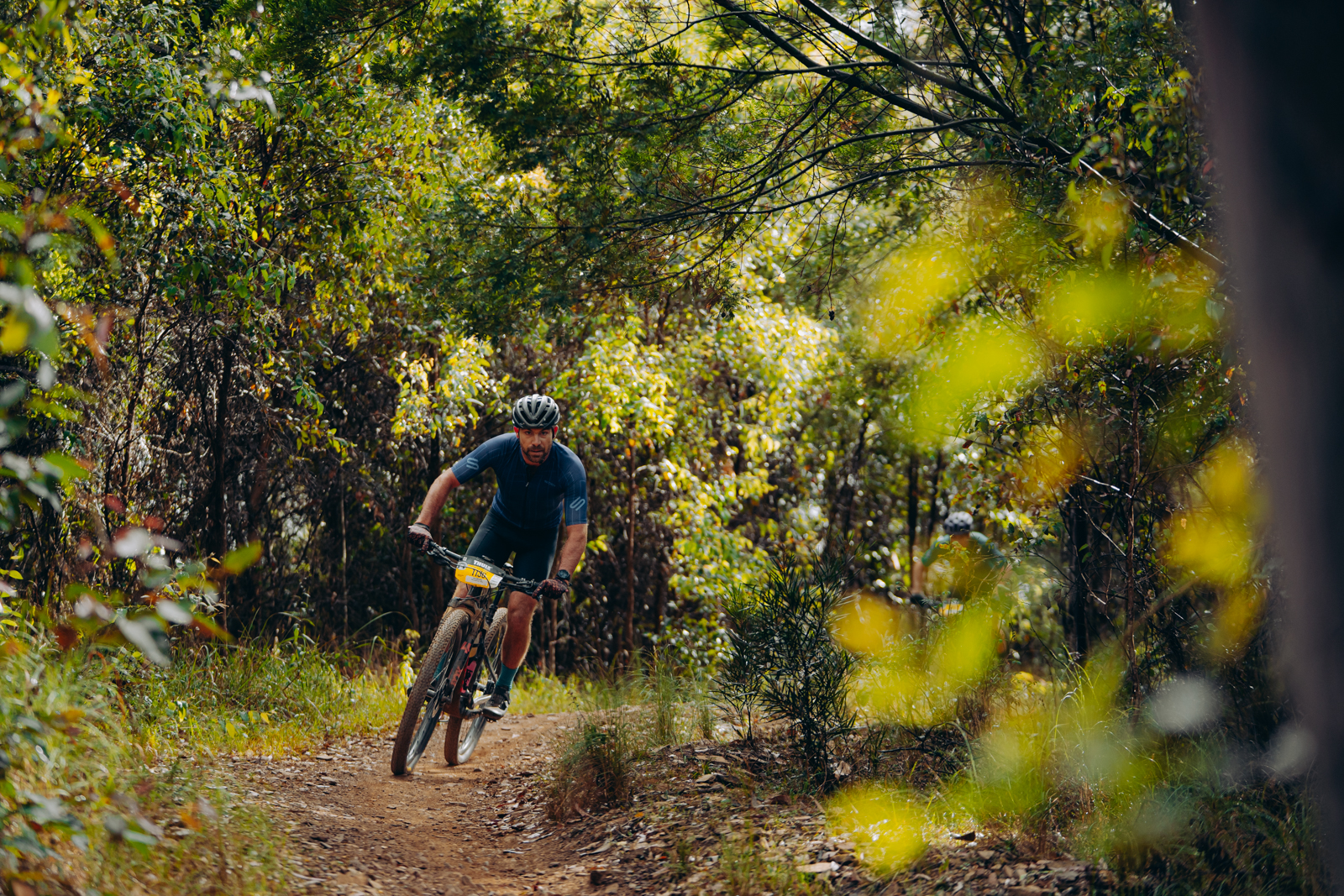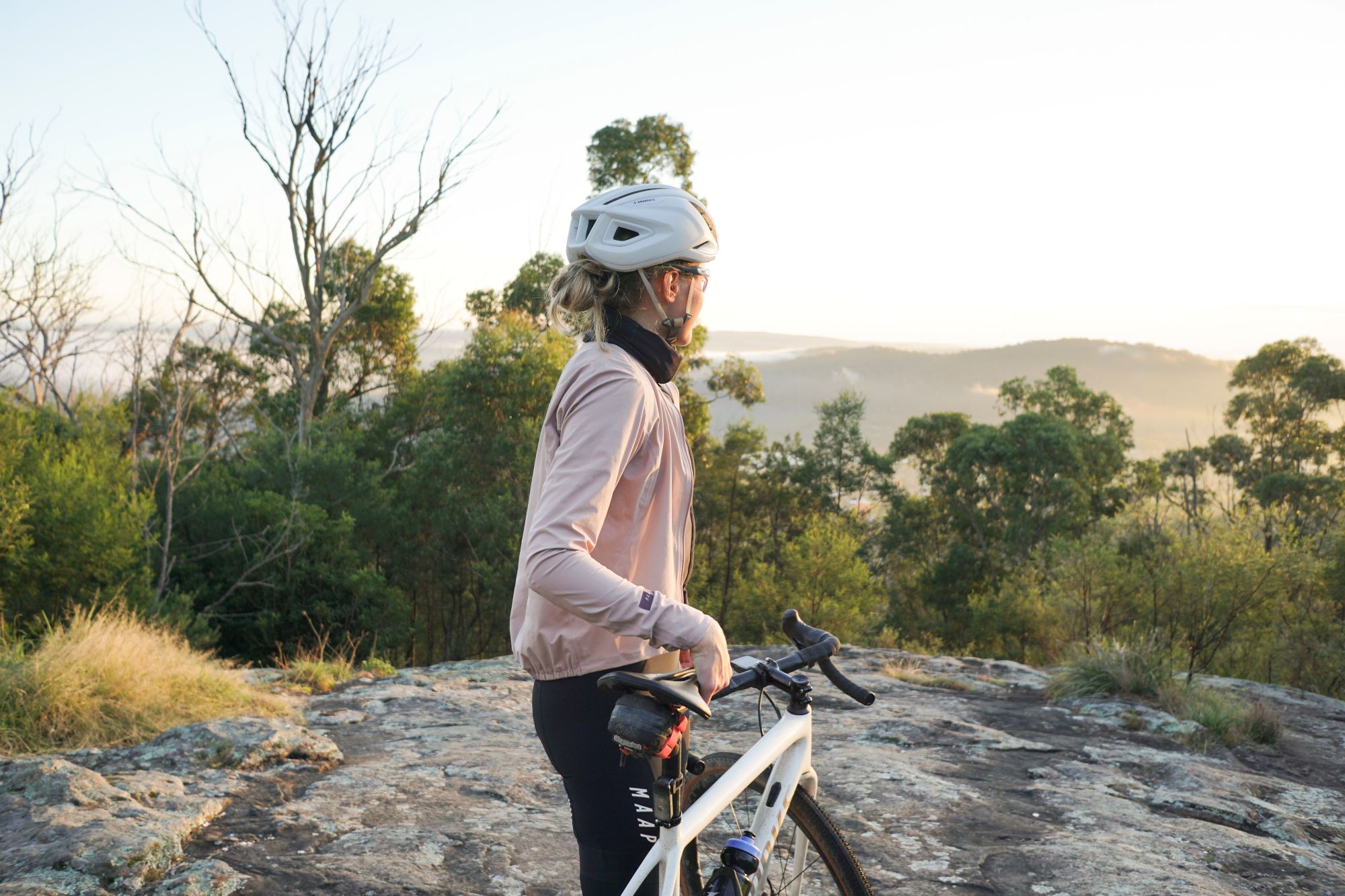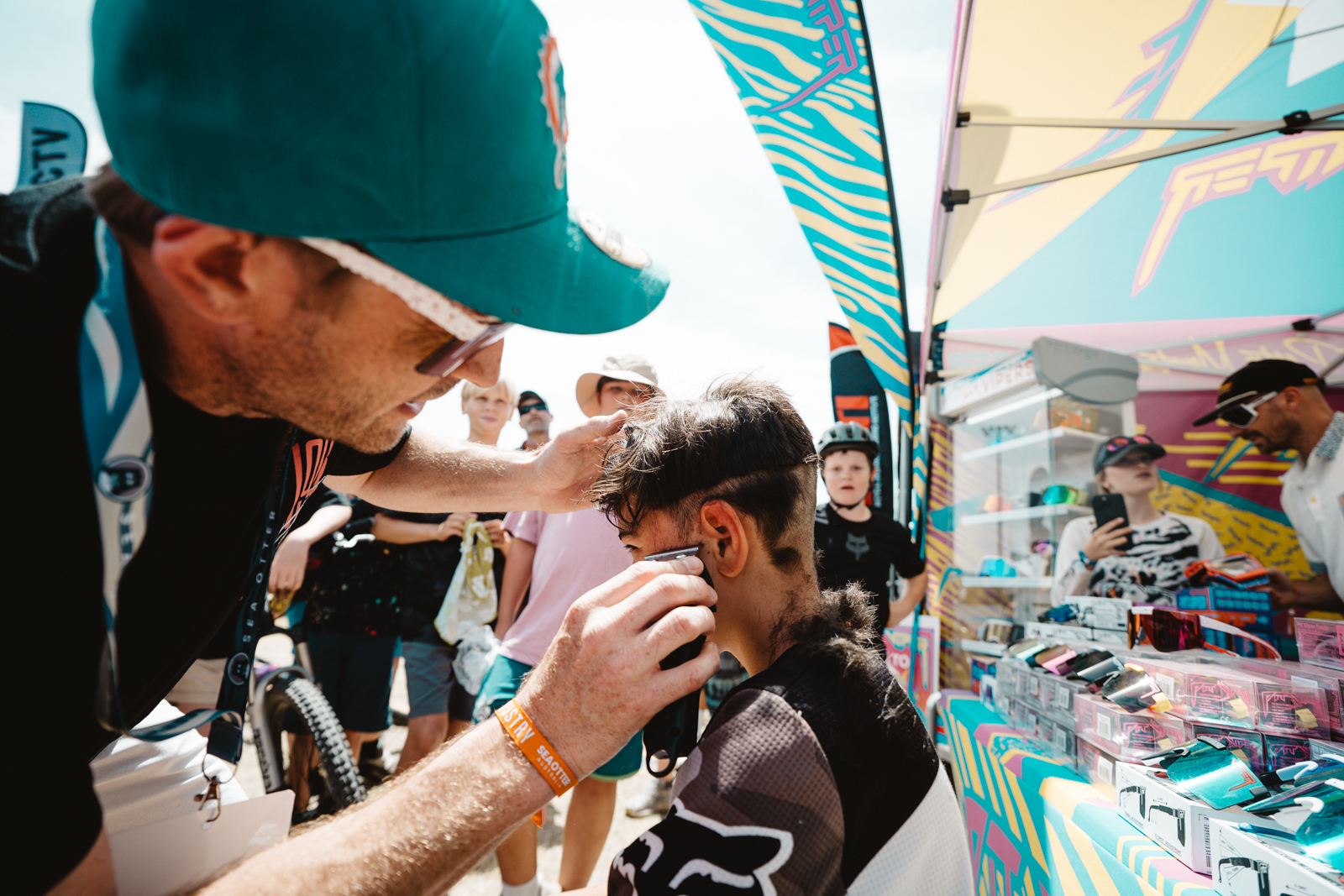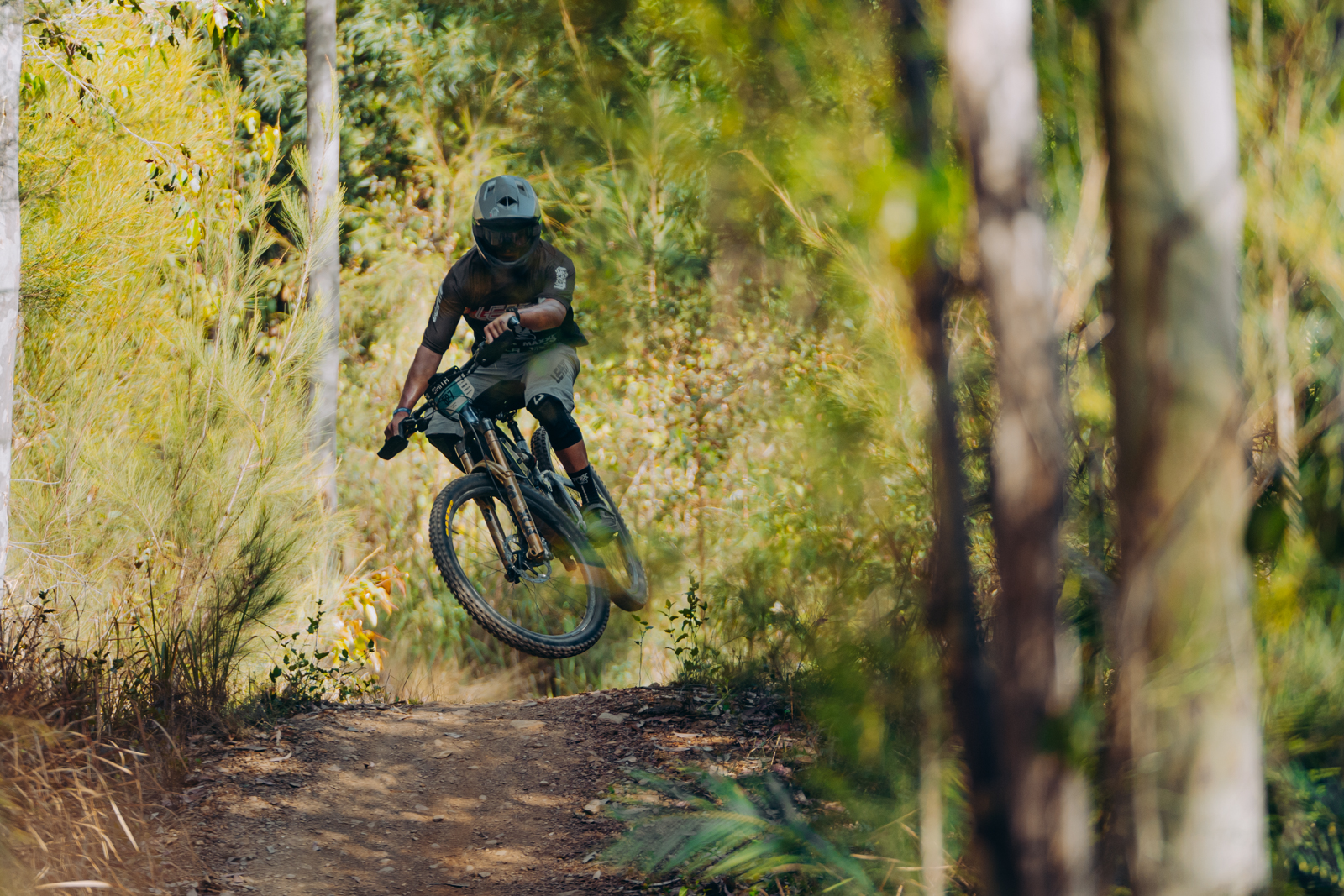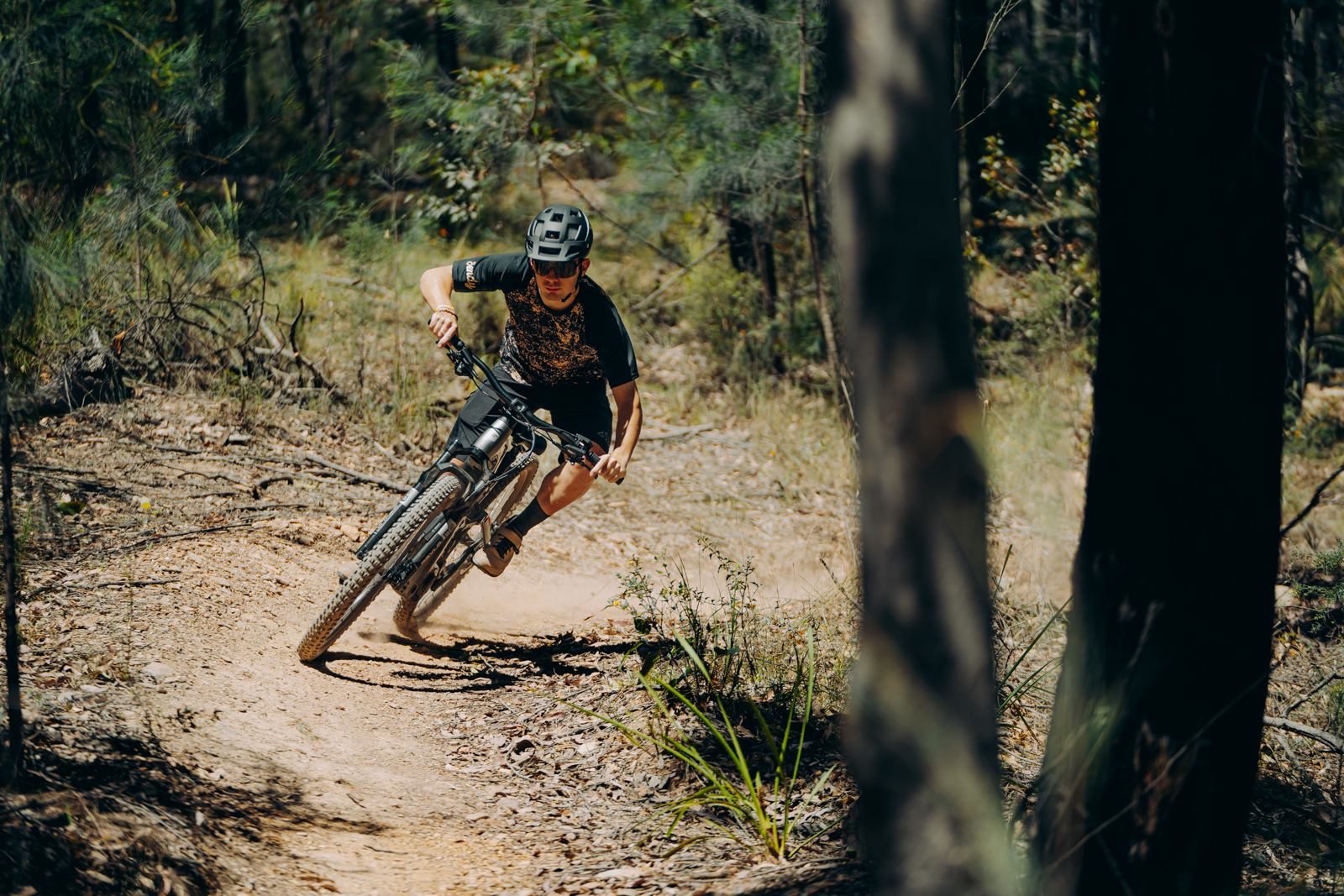In the pits with Darren Burns and Norco Factory Racing
Jump under the Norco Factory Racing tent for tips on over-preparing your bike with Darren Burns.
There's a lot going on behind the scenes at any big mountain bike race, and th World Championships is no different. Riders have set times they can be on course for practice, or official timed runs, and then for racing. For the downhillers especially, their bikes spend a lot of time with their mechanics, getting the setup just right, and making sure they run faultlessly on race day.
New Zealand's Sam Blenkinsop is racing the still yet-to-be-released Norco downhill bike, and we jumped under the Norco tent to speak to his mechanic Darren Burns about keeping the bikes running while on the road. Burns had travelled straight from the final World Cup in Val di Sole, and is now staying on for the Norco Demo Tour down the east coast. So we were interested to see what makes the cut in his toolbox.
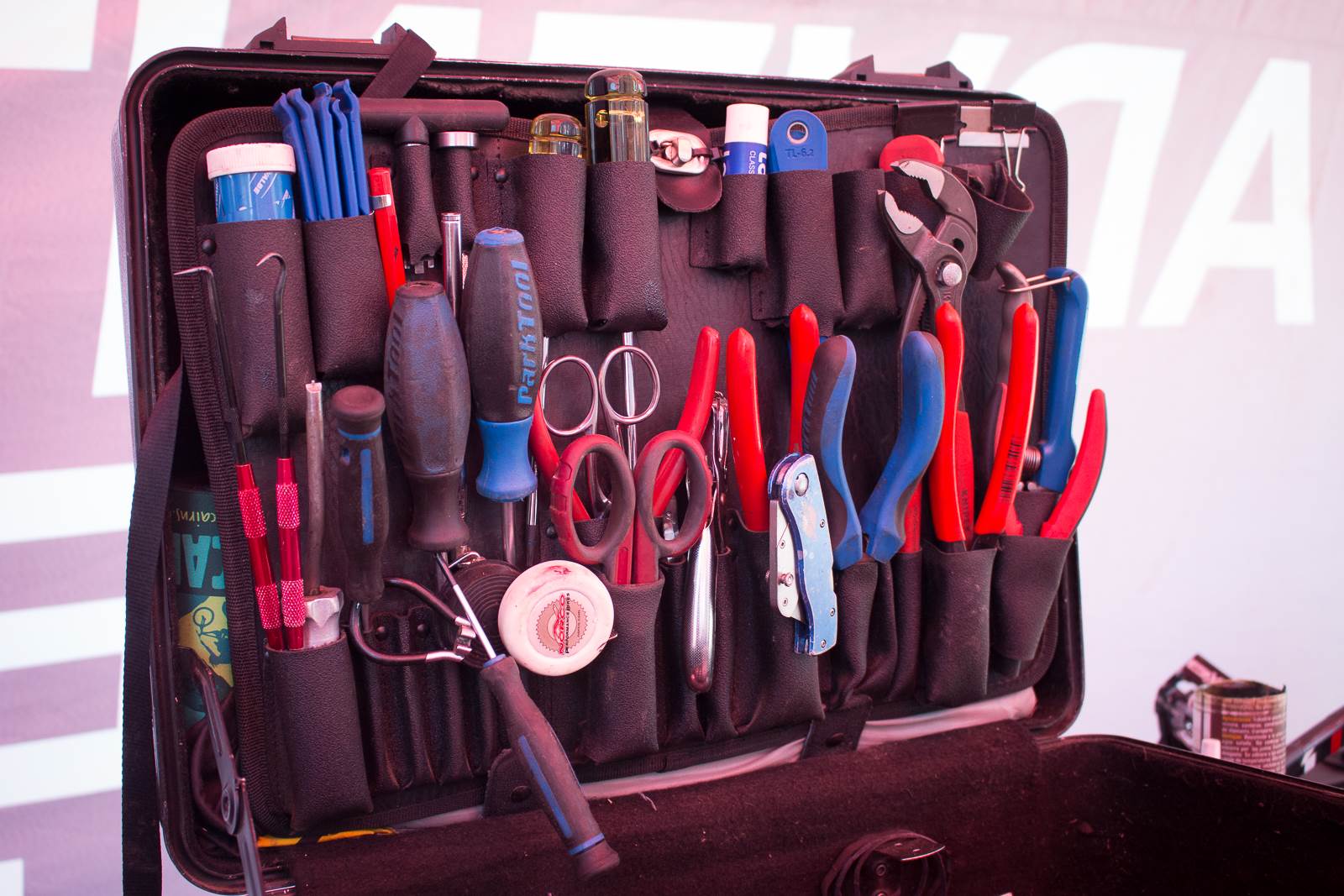
There are no huge surprises in the toolbox, instead, it just looks like it's set for anything, with a range of cutters, picks, cutting implements, screwdrivers and more in the top section.
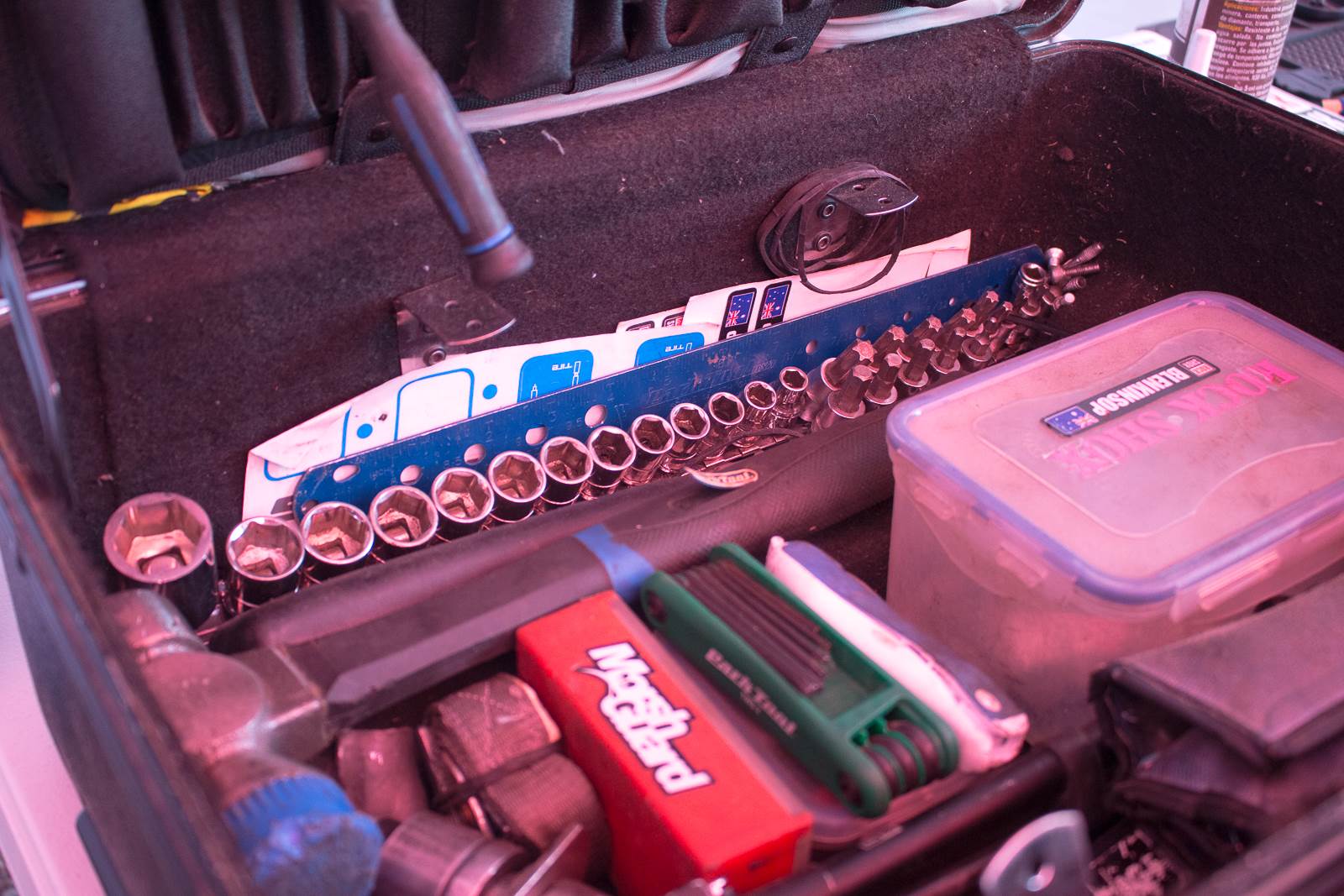
The base has a full assortment of sockets, a hammer, small parts, a Park Tool ruler and of course some fresh stickers.
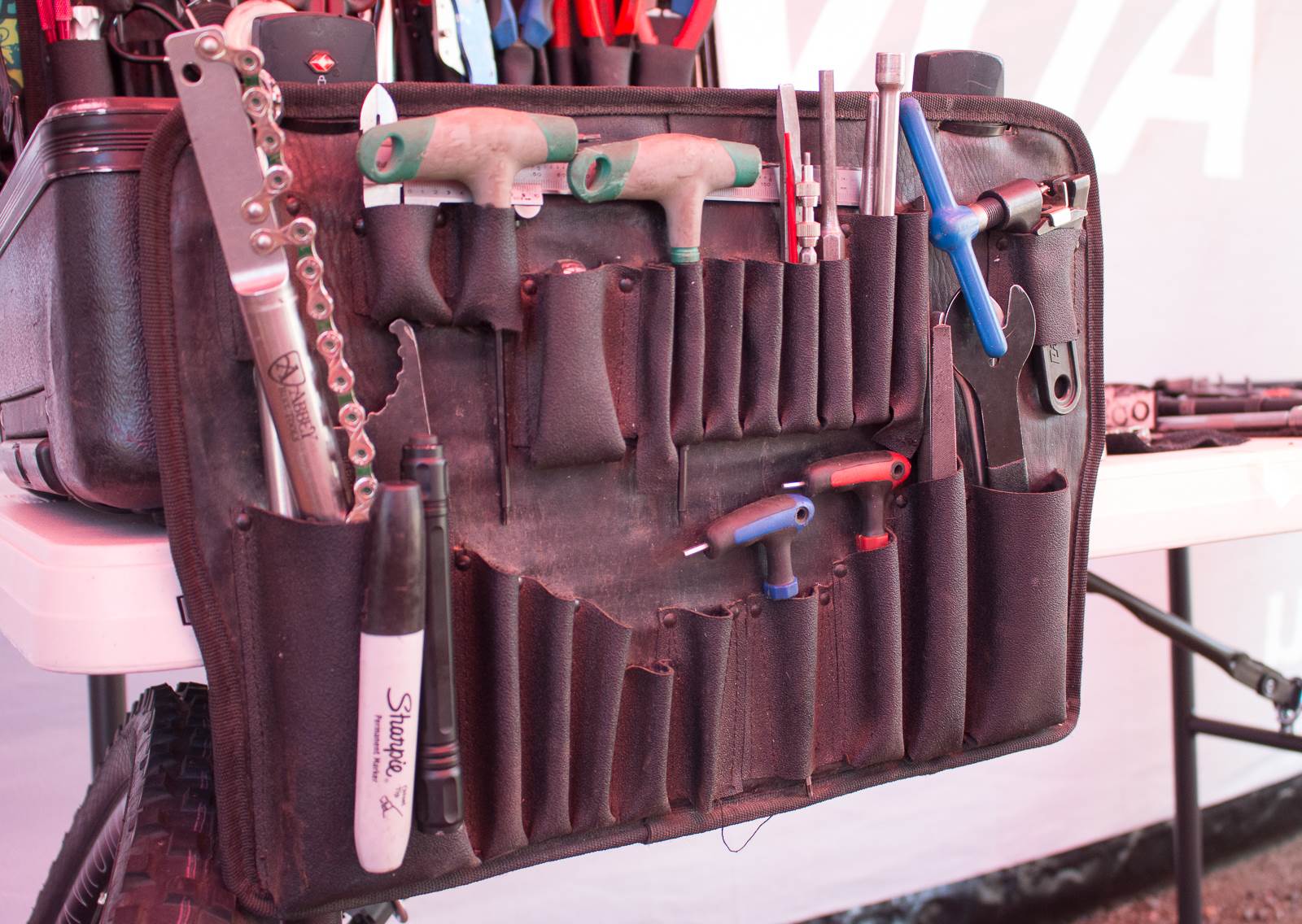
On the hanging board, Burns has more allen keys, and Abbey Tools chainwhip, some punches, small files and valve tools. There is also a set of vernier calipers, a sharpie and a Hollowtech II bottom bracket tool. So you'll notice there are measuring devices everywhere. Precision is of utmost importance!
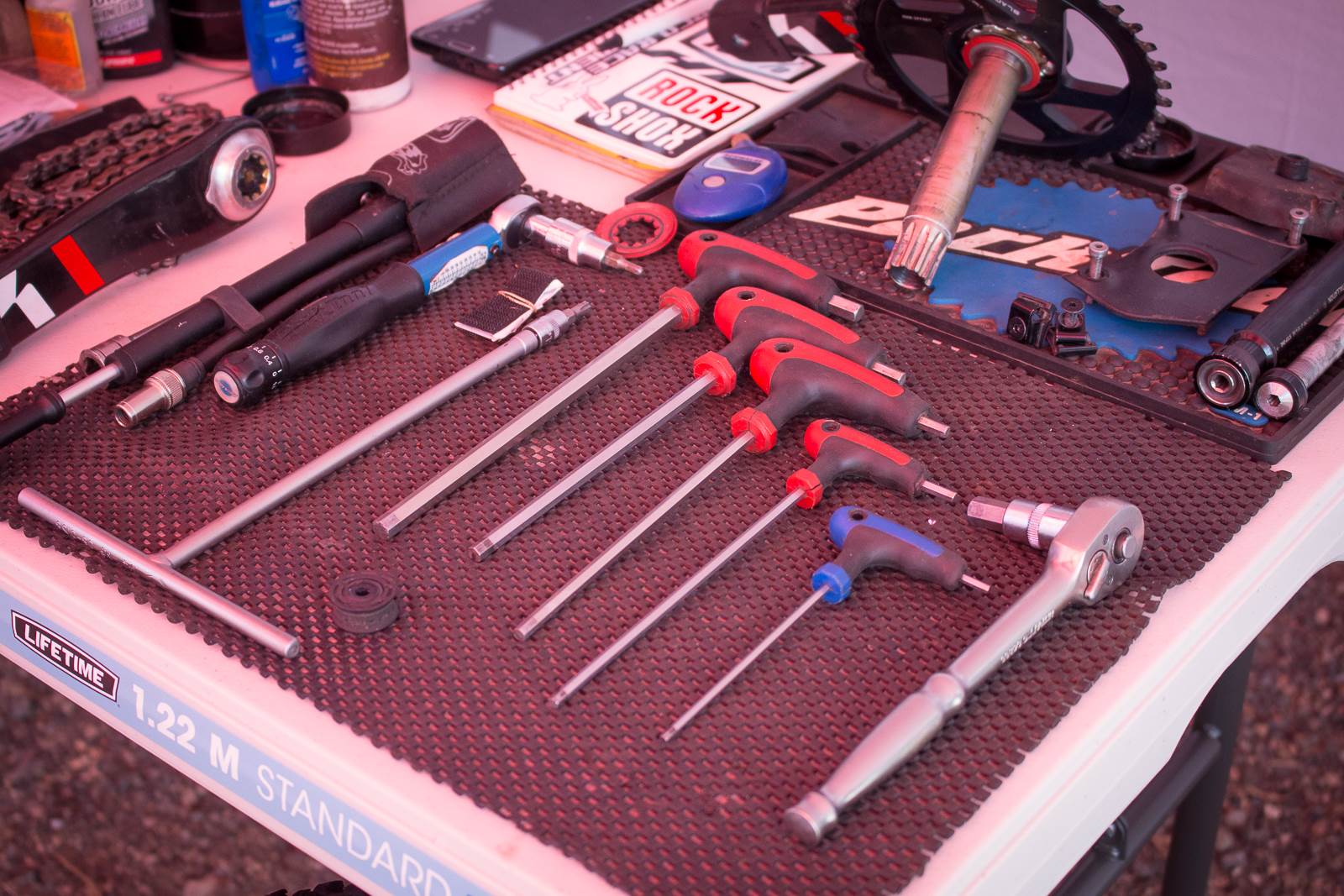
On the bench are the main allen keys, a ratchet, a T-handled T25, and a Park Tools torque wrench. Notice how the allen keys aren't ball-headed? This is far more secure. We'd suspect the other allen keys in the box are ball-headed for starting awkard jobs.
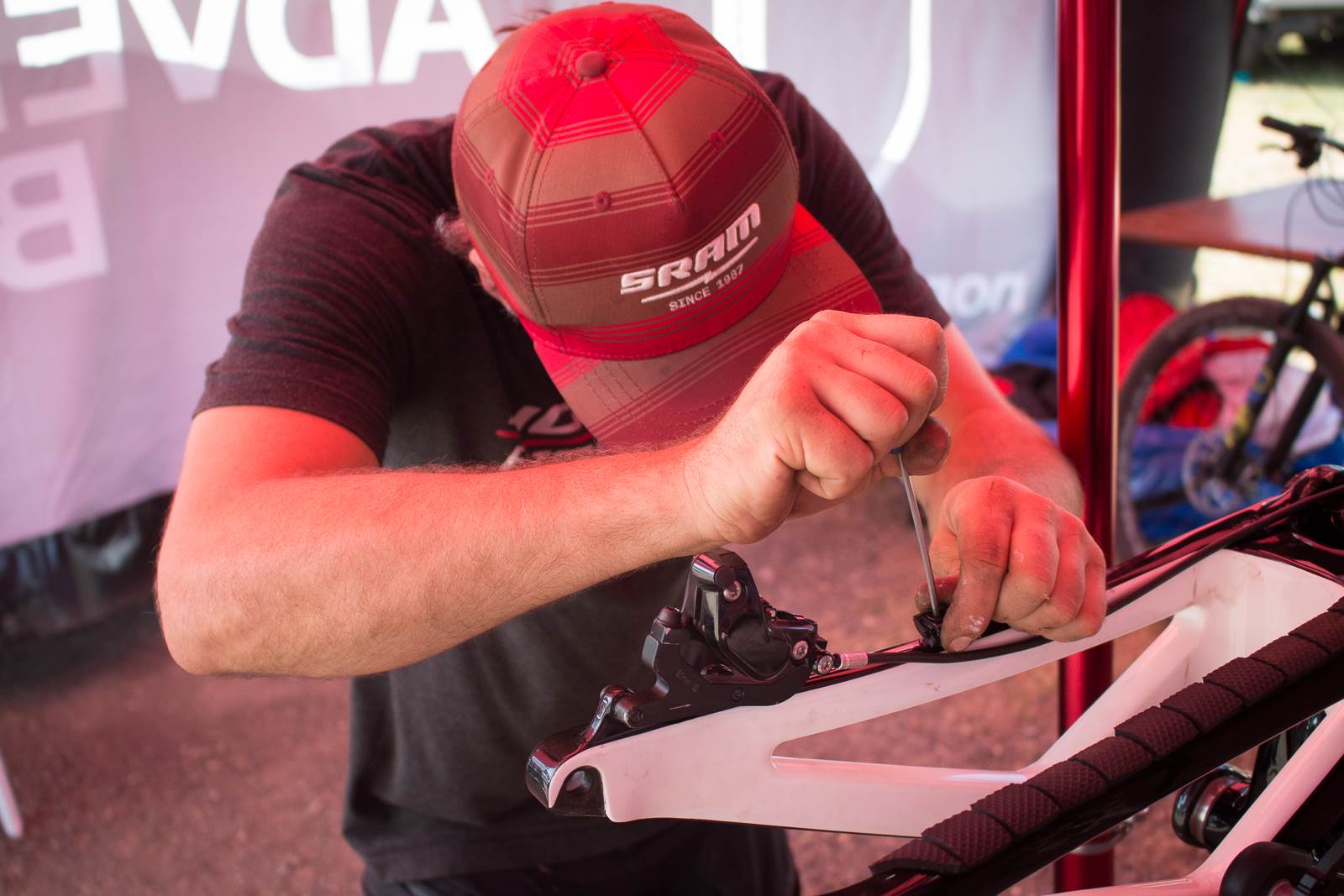
Getting to work on Sam Blenkinsop's Norco
The Norco Downhill bike is still a prototype. It's been designed by a World Cup mechanic so really, it's pretty easy to work on despite looking complex. Even the elevated chain design still only needs a regular length SRAM chain.
"Their plans for development are still unknown to us. We kep giving them feedback and they keep tweaking it."
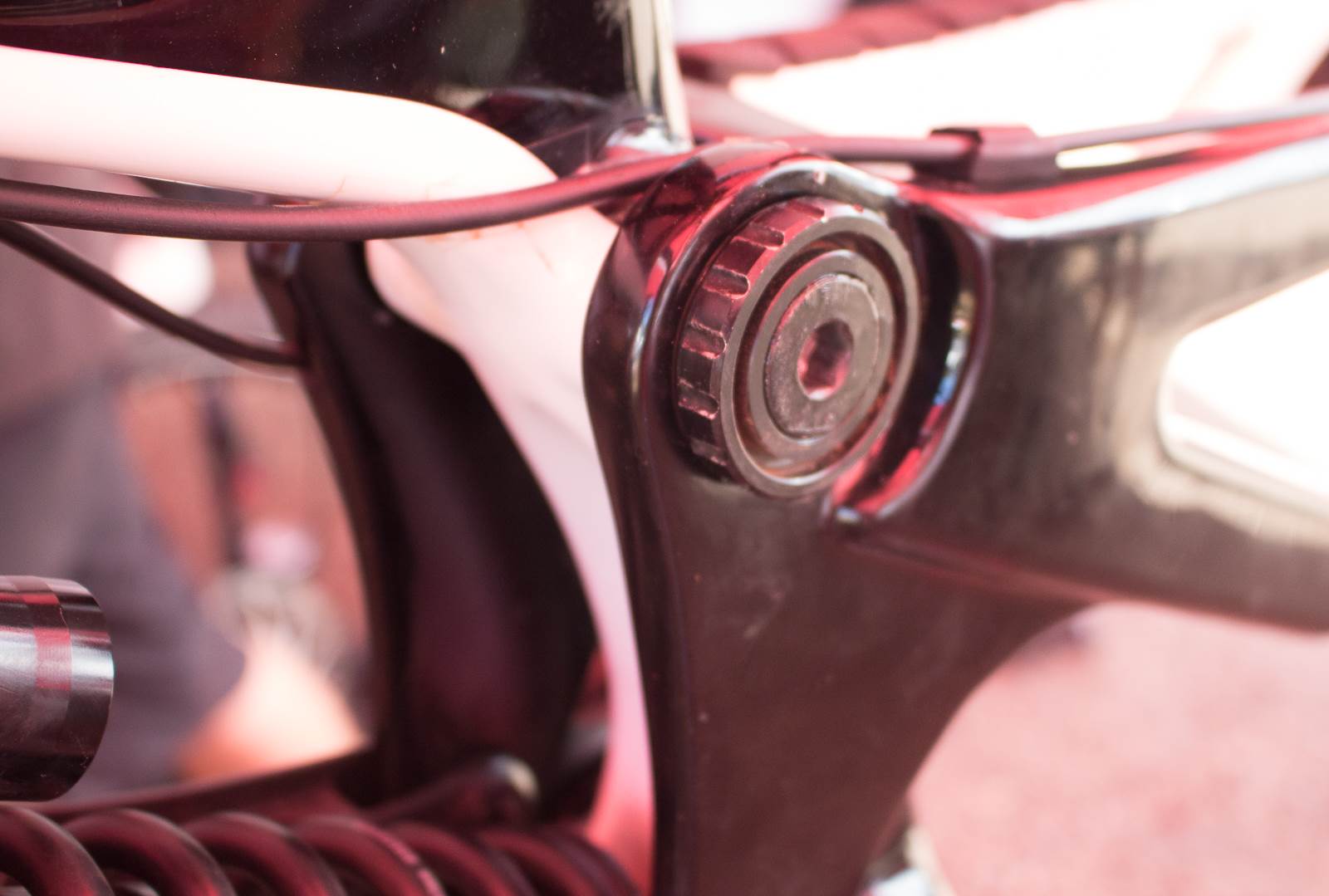
"They've made us a larger frame for Henry Fitzegerald who is on a XL now. But we have multiple positions in the front. Other than that we're playing a lot with the linkage. But it's pretty dialed."
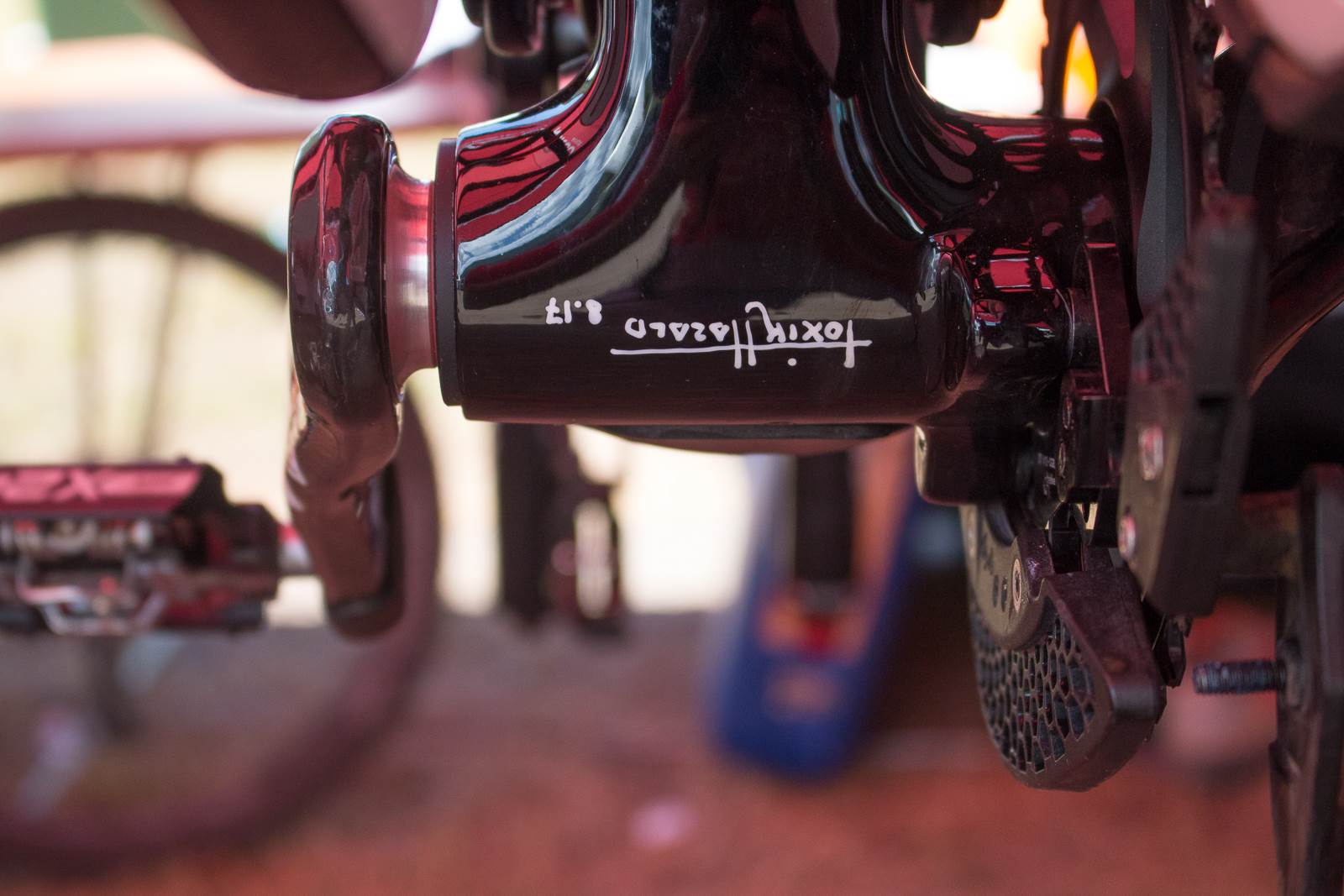
Still, we do wonder what tricks are up Burns' sleeve to make sure the bikes keep working as they should do, especially in the super-long seasons racers have now.
"It's important to have a negative point of view!" Says Burns. And we get it – you have to be prepared for the worst thing that can happen. "You just have to think of every possible horrible thing that could happen – and be prepared for it. Try to make it not happen."
So to that end, there are always a few extra additions to the toolbox, just in case.
"Some JB weld, superglue, loctites, punches and files all help if you need to get creative for clearance issues."
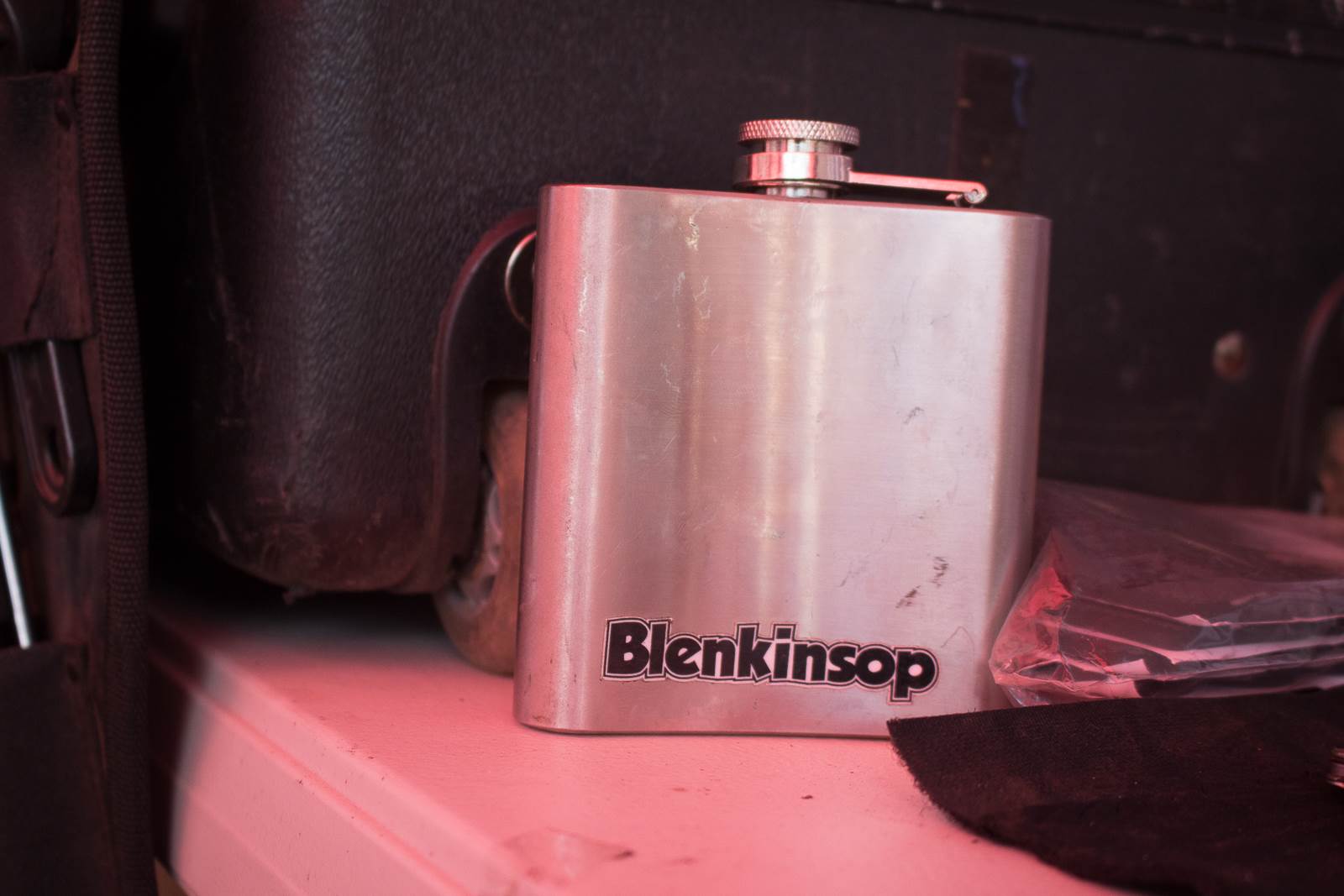
But Burns re-iterates that the important thing is being prepared. Think what might happen on course, and prep the bike accordingly.
"The big thing though is reducing risks and taking out the element for failure."
Taking a look over Blenkinsop's bike we note the use of a lockout for his RockShox rear shock.
"The only really different thing we're running for this track is the lockout for the rear shock. There are just so many long, flat motorways and small uphills it will make a difference."
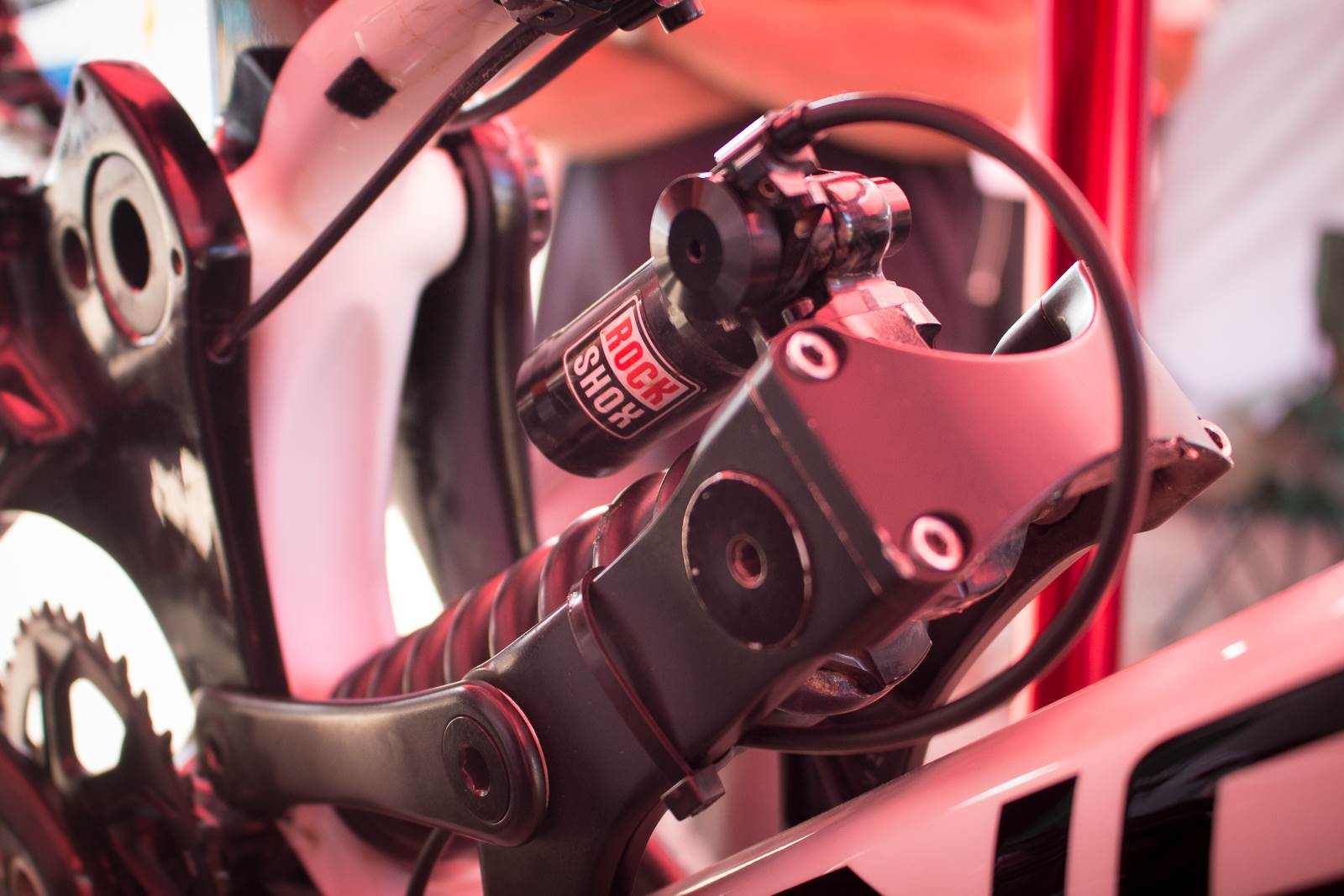
There's also a few custom pieces, like the HT pedals.
